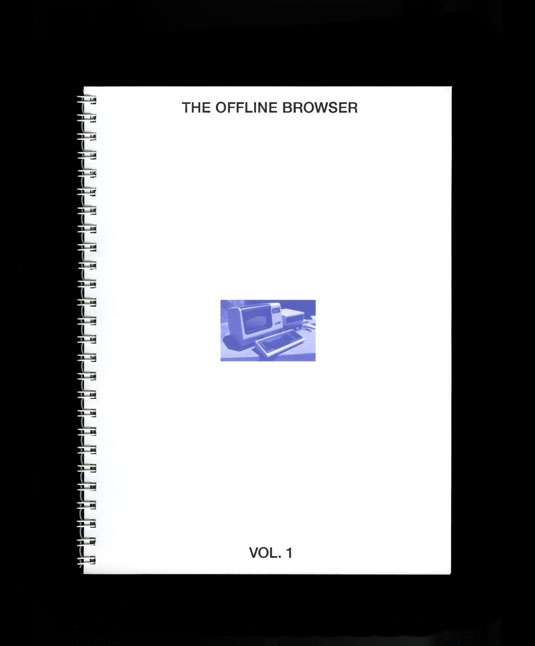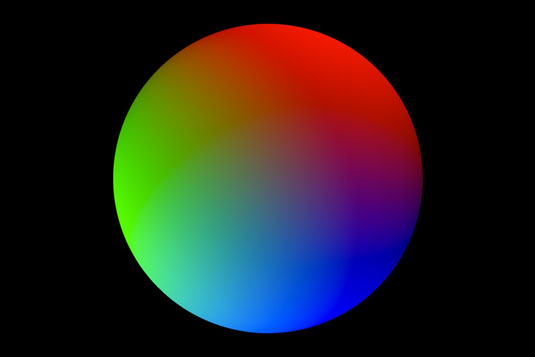New Talent: GSA Communication Design degree show 2015
10 of the best graduates from Glasgow School of Arts' Communication Design degree show
06. Stephanie Roden

Stephanie Roden set herself the challenging task of designing and producing a whole magazine for one of her projects.
"Adder Stone is an idea for a bi-annual magazine which seeks to sustain political interest in Scotland by exploring topics surrounding politics, society and cultural identity," she explained.
Getting the tone of the publication right was the trickiest part. "Finding content for the magazine that gave it a voice and a personality, without coming across as too dogmatic or having clear political allegiances was the most challenging aspect of the project."

The process of designing a full magazine, working with typography and layout and dealing with printers and binders provided a chance to learn many useful skills.
Stephanie also created an app, Spin.doc, which is intended to enable readers to explore bias in mainstream news media.
"It was hard to separate myself from it emotionally at times as drawing attention to racist and sexist reporting is something which is really important to me," Stephanie said.

Producing the app was another big learning opportunity; this time it gave her a chance to tackle user experience design.
Daily design news, reviews, how-tos and more, as picked by the editors.
07. Dawn McCance

Dawn McCance's textile project was inspired by a quote from Paul Rand in which he describes post modern graphic design as "a collage of confusion and chaos, swaying between high tech and low art, and wrapped in a cloak of arrogance".
"I decided to create this cloak of arrogance with a print featuring the squiggle, possibly the most meaningless of all graphic design fads today, to protect designers from the burden of design history," Dawn told us.
Having little faith in her sewing abilities, Dawn skill-swapped with fellow Glasgow School of Art fashion student, Luis Miguel Sanchez who helped her to make the cloak. She helped him to design a book in return.
"The biggest lesson I learned is that it is when wearing our own cloak of arrogance that we create our greatest ideas, in that area of freedom that we allow ourselves not to be burdened by history," she said.
08. Christie Howieson

Christie Howieson's project was to create signage for the Reid building at The Glasgow School of Art. She approached the work by diving into her research.
"I read a lot of interviews with Steven Holl who designed the Reid building," she told us. "What became apparent was Holl's fascination with light and connective, community experience."

Christie designed a dynamic signage system that can be moved and altered as arrangements change within the building. She chose a transparent, neon orange plastic for the lettering which makes beautiful shapes on the floor.
"I wanted to make use of the spaces where streams of light pass through the building to illuminate the signage. I decided rather than harmonising with the neutral colour palette of the building I wanted a stand-out colour that was really eye-catching but did not upset or overpower the space," she explained.
Christie enjoyed combining visual design and user experience considerations when designing her signs.
"I think the biggest lesson I learned was the amount you need to consider when designing something like signage, as all of your design decisions don't just affect aesthetic and concept - people need to use it too."
09. Sam Rowe

For his project, The Offline Broswer, Sam Rowe created a set of publications exploring how information is networked in Wikipedia.
"The Offline Browser is a body of work that investigates the effects of the internet on human thinking, and is an exploration into the space between printed and digital media," Sam explained.

But adapting online content for print was a challenge. "One of the main difficulties I had with making the books was restructuring Wikipedia's content into a coherent printed format, whilst also trying to maintain a kind of informative/archival aesthetic," he told us.
The experience led him to come up with these wise words: "Never expect something to work the very first time you do it!"
10. Romany Rowell

Romany Rowell used Processing to create Time Through Colour, an RGB clock that marks the passing of time through an ambient shifting of colour gradients.

"The challenge was to create a strong visual aesthetic that reflected the concept of using colour to represent time, whilst simultaneously trying to maintain the function of a clock," she told us.

"I have learnt that in a creative process it is important to seek unusual connections since by linking RGB and time, I have created a new experience of time through the use of colour, light and movement."
Half-price Computer Arts subs offer!

To celebrate 2015 degree show season, you can get an incredible 50 per cent off an annual subscription to Computer Arts magazine. For £39 you'll receive 12 months of industry insight, opinion and inspiration, delivered to your door.
Plus: sign up by 7 July 2015 and you'll receive Computer Arts' New Talent issue, featuring an extensive guide to 2015's most outstanding design graduates.
Like this? Read these!
- 5 things your portfolio must have
- How to start a blog
- Download the best free fonts

Thank you for reading 5 articles this month* Join now for unlimited access
Enjoy your first month for just £1 / $1 / €1
*Read 5 free articles per month without a subscription

Join now for unlimited access
Try first month for just £1 / $1 / €1

The Creative Bloq team is made up of a group of art and design enthusiasts, and has changed and evolved since Creative Bloq began back in 2012. The current website team consists of eight full-time members of staff: Editor Georgia Coggan, Deputy Editor Rosie Hilder, Ecommerce Editor Beren Neale, Senior News Editor Daniel Piper, Editor, Digital Art and 3D Ian Dean, Tech Reviews Editor Erlingur Einarsson, Ecommerce Writer Beth Nicholls and Staff Writer Natalie Fear, as well as a roster of freelancers from around the world. The ImagineFX magazine team also pitch in, ensuring that content from leading digital art publication ImagineFX is represented on Creative Bloq.
